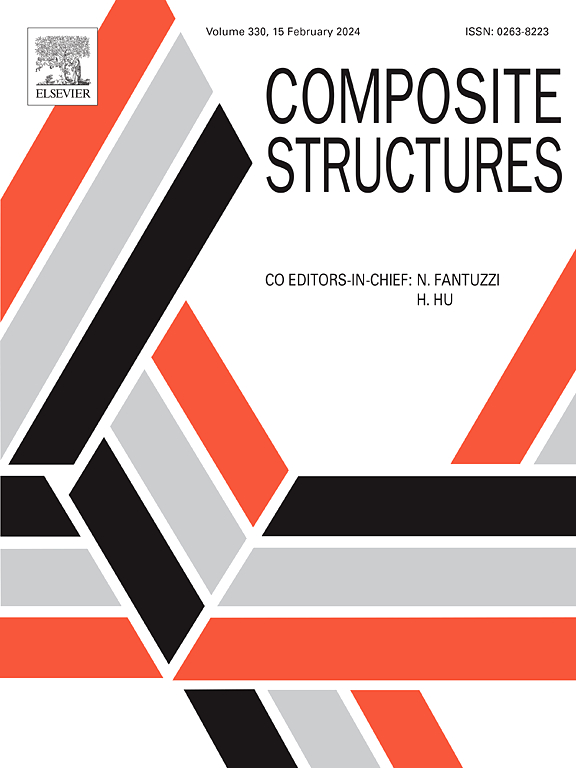Mass transport characteristic and biocompatibility of demand-guided structural biomaterials
IF 6.3
2区 材料科学
Q1 MATERIALS SCIENCE, COMPOSITES
引用次数: 0
Abstract
Structural biomaterials have garnered widespread attention for their potential applications in regenerative medicine, particularly in the repair of bone tissue defect repair. However, the absence of a personalized design often results in a mismatch between the structural biomaterials and the repaired tissue, thereby limiting the effectiveness of the repair. Hence, the demand-guided structural biomaterials for skull defect repair have been identified, with an emphasis on personalized design factor, mass transport characteristics and biocompatibility. Initially, the titanium alloy demand-guided structural biomaterials with different characteristics as body-centered cubic configuration are fabricated by additive manufacturing. The crystalline phase and element content percentage of fabricated specimen are observed by XRD patterns and EDS analysis. The permeability, serving as a marker for assessing mass transport capability, is evaluated using both the falling head method and computational fluid dynamics simulation. In generally, the permeability results, which can range from 0.41 × 10-8 m2 to 10.92 × 10-8 m2, demonstrate a strong correlation with bone. The cell assay substantiates that the demand-guided structural biomaterials exhibit commendable biocompatibility, encompassing both cell viability and osteogenic differentiation. Owing to their superior mass transport properties, cytocompatibility, and osteogenic differentiation capabilities, demand-guided structural biomaterials hold significant potential for the repair of skull defect repair.
求助全文
约1分钟内获得全文
求助全文
来源期刊

Composite Structures
工程技术-材料科学:复合
CiteScore
12.00
自引率
12.70%
发文量
1246
审稿时长
78 days
期刊介绍:
The past few decades have seen outstanding advances in the use of composite materials in structural applications. There can be little doubt that, within engineering circles, composites have revolutionised traditional design concepts and made possible an unparalleled range of new and exciting possibilities as viable materials for construction. Composite Structures, an International Journal, disseminates knowledge between users, manufacturers, designers and researchers involved in structures or structural components manufactured using composite materials.
The journal publishes papers which contribute to knowledge in the use of composite materials in engineering structures. Papers deal with design, research and development studies, experimental investigations, theoretical analysis and fabrication techniques relevant to the application of composites in load-bearing components for assemblies, ranging from individual components such as plates and shells to complete composite structures.
 求助内容:
求助内容: 应助结果提醒方式:
应助结果提醒方式:


